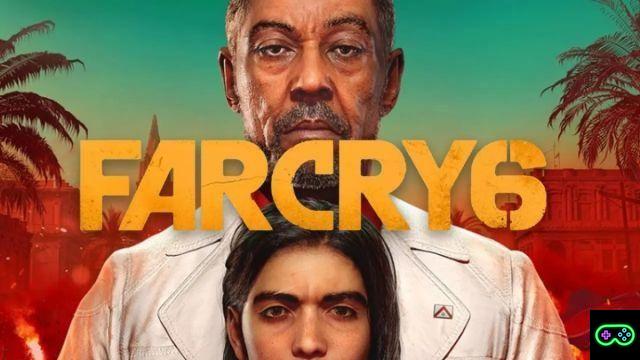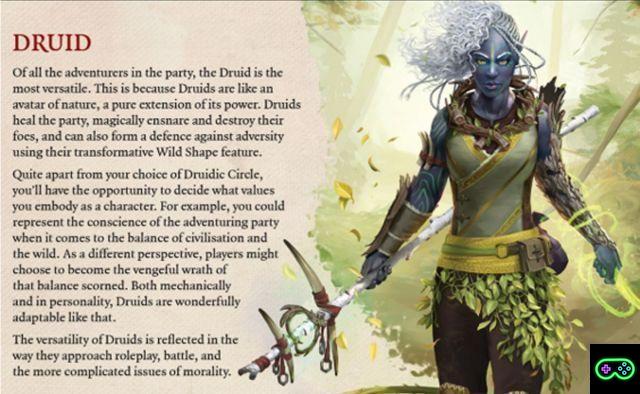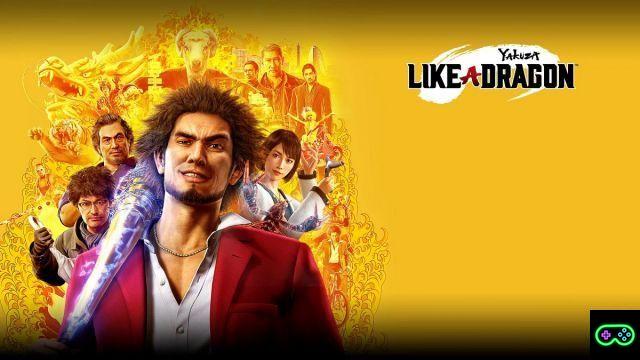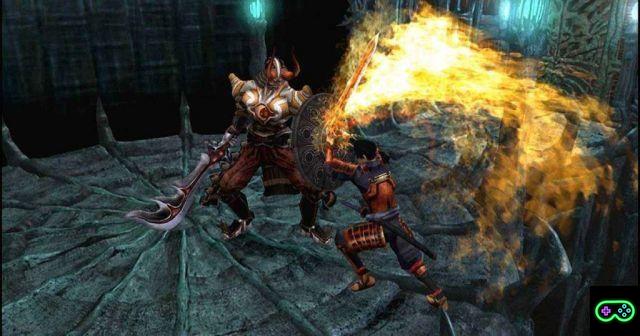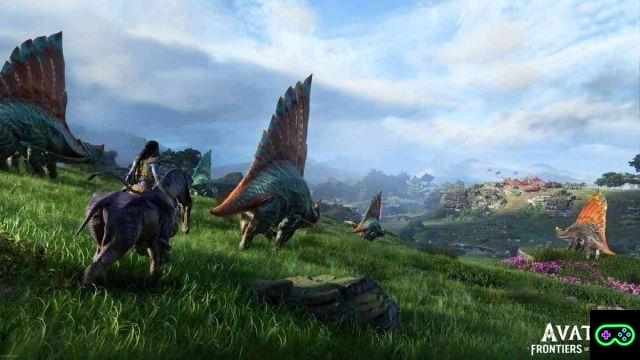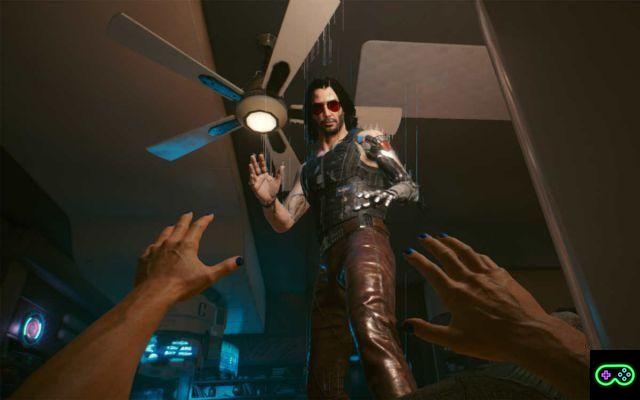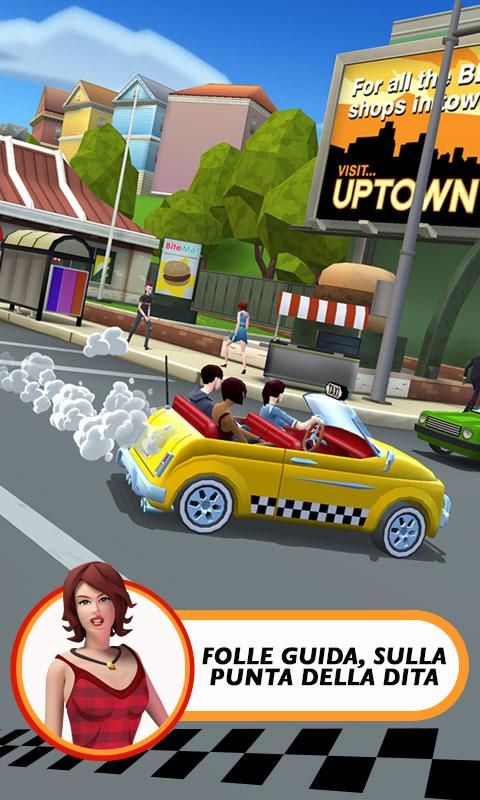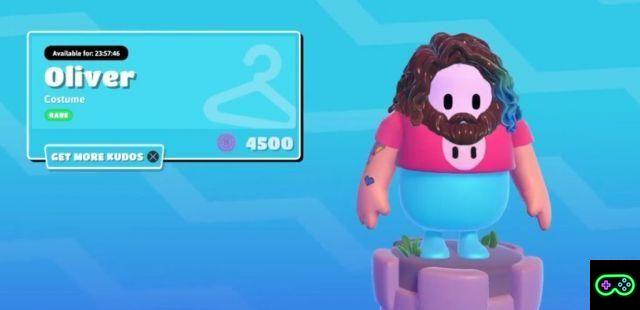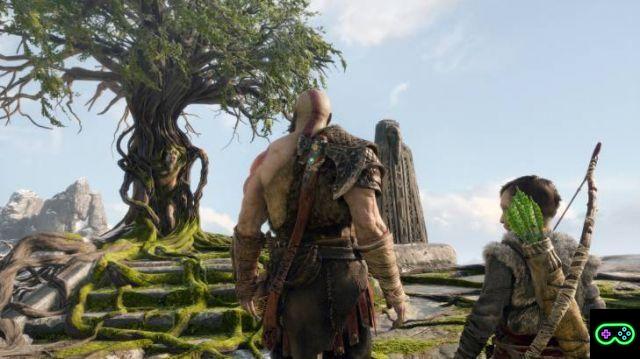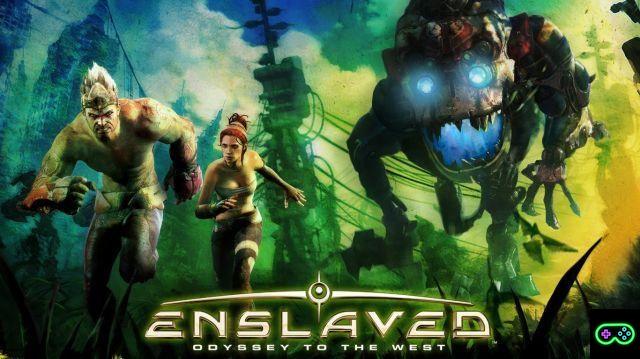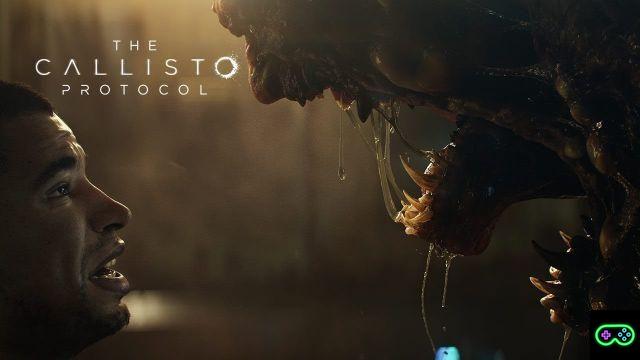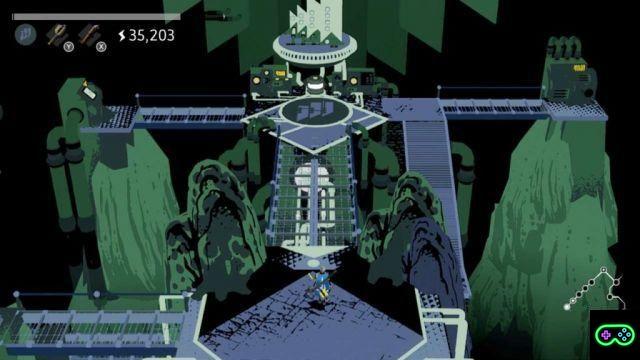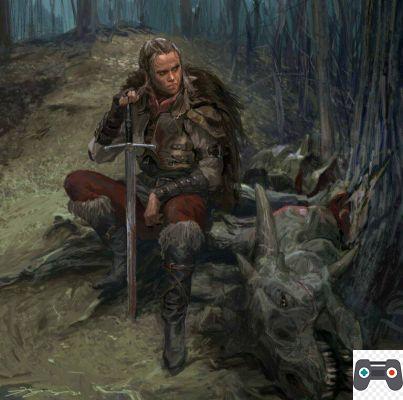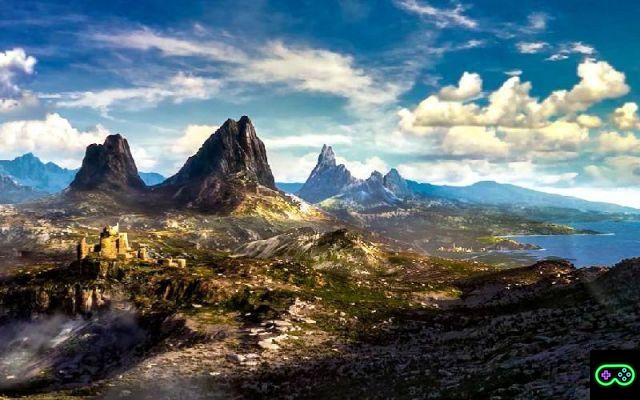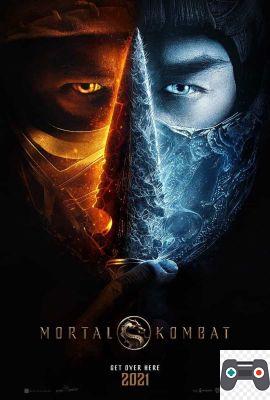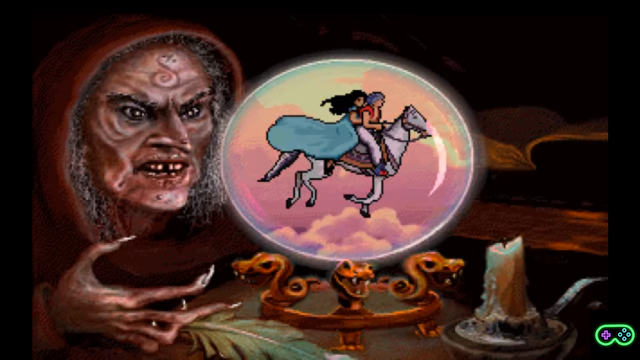There are many videogame stories that over the years have tried to make us enter the mind of a hero engaged in an extraordinary enterprise made of courage and spirit of sacrifice on which the fate of various people, that of a people or, simply, can depend , that of one's beloved.
Shadow of the Colossus, Fumito Ueda's epic and anomalous open-world released for the first time in 2005 and so loved that it deserves several remastered and even a remake, is one of these stories. Indeed, almost certainly one of the best of its kind, thanks to the beautiful combination of a fascinating setting, a captivating and peculiar gameplay and a poetic and melancholic narrative style.
A perfect formula with a really inviting icing on the cake: one of the most exciting and in some ways enigmatic endings in the history of the video game, which we will try to analyze in this study.
Prepare your best horse and sharpen your sword: our journey begins!
Shadow of the Colossus: the plot
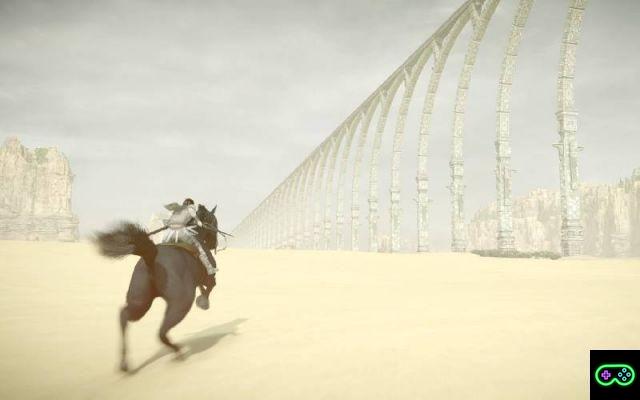
The story of Shadow of the Colossus is the story of Wander, a young warrior from a fantasy world that we are not told much about, but who seems similar to our age of heroes, between prehistory and early civilizations.
The story of SotC is easy to explain and much of the plot is clear to us already starting from the beautiful intro. When we know him, Wander is traveling on his horse, Agro, in the direction of a lost temple in a desolate land and full of ruins of a civilization that seems to have fallen for a long time.
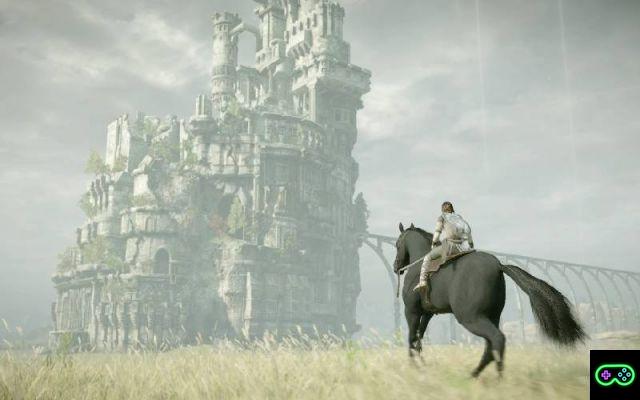
He has something with him, something he cares a lot about and that once he arrives at the temple he places with almost solemn respect on an altar in the main hall: it is a body wrapped in a shroud, the corpse of a beautiful young woman that the hero seems to look at with a look of love and regret. It is the body of Mono, a girl from her village who, we can guess from some scattered clues, was sacrificed by the religious of the village for some reason.
Wander's purpose is revealed in a flashback e by the intervention of a strange entity that seems to live in the ancient temple, Dormin: Wander seems determined to enact a ritual involving the killing of sixteen mythological creatures scattered in the vast territory around time, sixteen giants that Wander will have to reach, climb, kill.
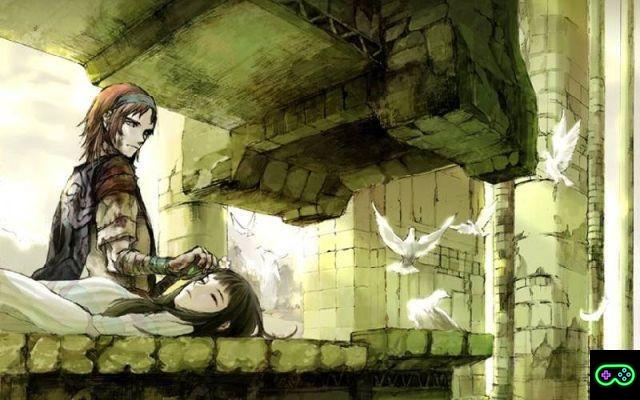
A ritual at the end of which Wander will get what he craves most: bring Momo back to the world of the living.
Wander's adventure is extraordinary.
During an unforgettable journey into the wastelands, the player faces the giants in a series of thrilling battles against the sixteen creatures, battles that arouse mixed feelings in the player: to the adrenaline of the clash and the enthusiasm for victory is sometimes added to a certain melancholy and perhaps the impression that our adventure is not as positive and glorious as it may seem.
In fact, some of the giants not only look not as "hostile" as it seems, but actually sometimes they can't even react to our attacks.
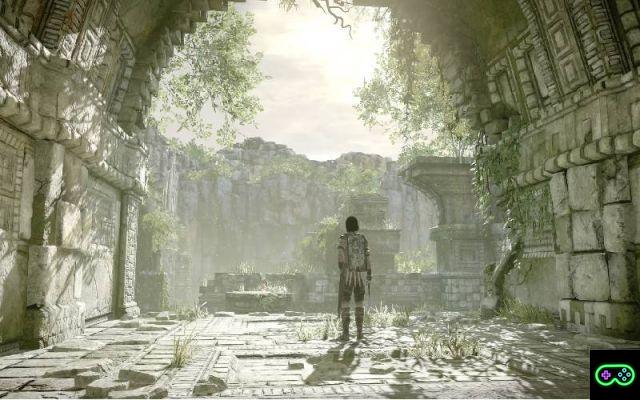
The impression we get at one point is even that our business will have far more problematic consequences than we think, especially when we start seeing some strange signs: Dormin's voice sends out more and more enigmatic signals, strange masked knights approach the temple (probably looking for Wander and the girl, Mono) and above all the fact that every time we take down a colossus a strange black slime leaves its remains and insinuates itself into our body, causing us to fall into a deep stupor and then awaken in the temple.
A strange path that continues until the colossus is downed Malus, a kind of huge living tower whose defeat requires Wander (and the player) a tremendous effort before the hero finds himself back in the temple hall.
Shadow of the Colossus: the ending
But Wander is not alone: I am with him the strange masked knights, the dark shadows of the fallen Colossi and, above all, the sap gushing from the creatures has now made our hero's skin become deadly scurvy. It is then that the hero's destiny is fulfilled: the black sap causes Wander to become Dormin, a monstrous colossus with the features of a minotaur who has within him the spirits of all his sixteen "younger brothers".
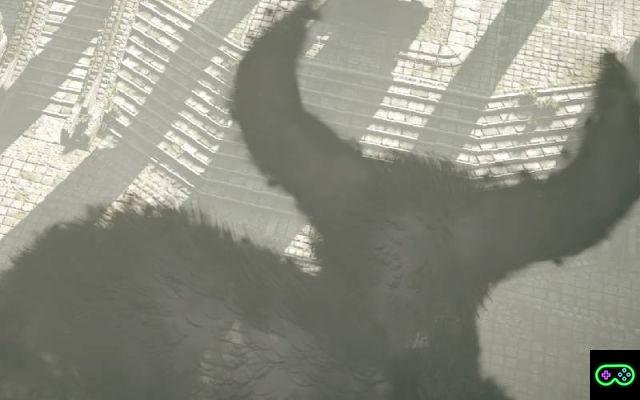
As a hero he was, Wander suddenly finds himself a "villain", a fact that forces the hooded to confine him inside a source inside the shrine of the cult and to flee.
As desperation assails the player, however, what he hoped for throughout the game happens: the feat was not in vain, Mono comes back to life and, together with Agro (who miraculously survived a disastrous fall) leaves this sacrilegious place, but not before having done an extraordinary discovery.
In the source where Wander has been confined, now drained, he finds a child, a newborn with a strange pair of horns poking out of the skull.
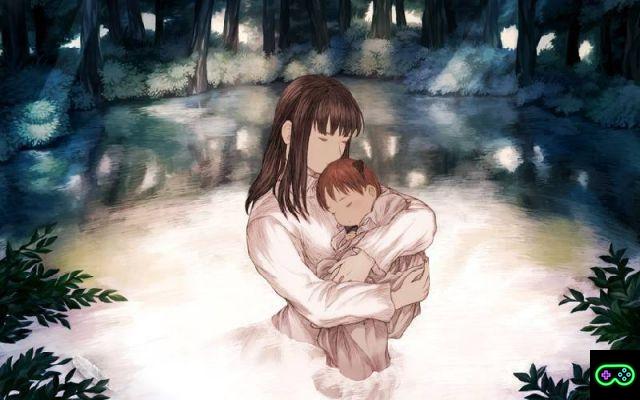
Could it be Wander, reincarnated in a new, innocent life after saving Mono? We do not know, but we are happy to witness the trio that witnesses the return of animals and vegetation inside the shrine, as if the end of the Colossi had brought life back to this desolate land.
Shadow of the Colossus: the explanation of the ending
What happened to Wander?
What is the strange black sap which, sprung from the Colossi, finally makes him become one of them in turn, indeed perhaps a lethal fusion of all of them?
He gives us an answer Lord Emon, the commander of the soldiers who come to the temple to stop the Wander ritual: "You have been used".
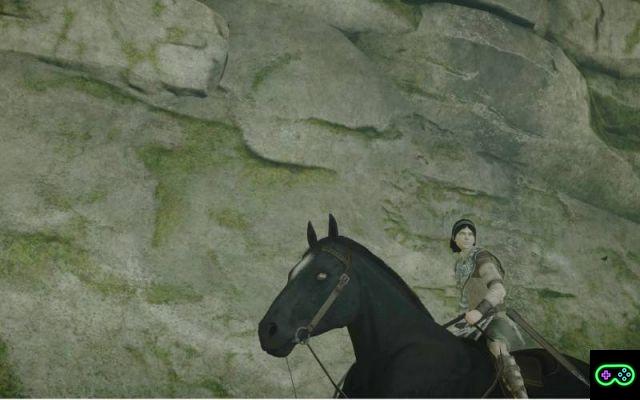
Yes, the truth is this: the impression is that the entity known as Dormin used Wander to have him kill the sixteen giants with an occult objective, that is to ensure that their lifeblood is incarnated in the young warrior and goes to create a sort of uber-colossus. An uber-colous man who is none other than Dormin himself.
But the story of Warden is not that of a loser, a loser, far from it. His path leads him to destruction, of course, but also to bring the woman he loves back to life.
Warden's undertaking is therefore a great story on the love and obsession that can arise from the latter: however pure, moved by noble intentions and a noble intent, Warden emerges as a tragic hero, victim of his own noble mission.
In the end, however, the salvation of the beloved redeems Warden, erases the weight of his obsession and even that of his acts, suspended between heroism and an almost perverse anthropocentrism. To achieve his purpose, Warden had to sacrifice living and almost sacred creatures, an act that may seem irreverent.
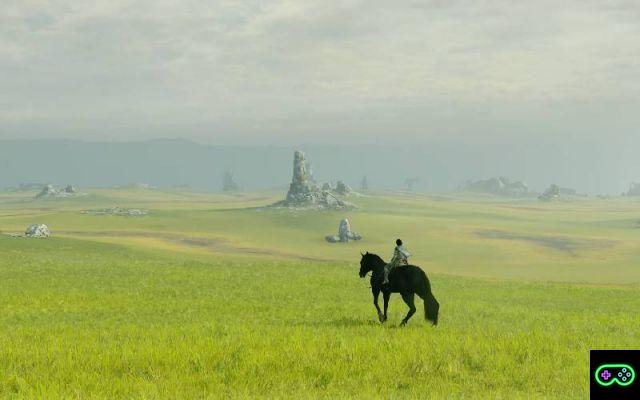
Shadow of the Colossus: A Biblical Interpretation
Then, among the folds of this story, there is also a slightly more "occult" meaning, indeed we even say biblical, linked to Dormin's identity and the mission he gives to Warden.
If indeed we make the attempt to read the name "Dormin" backwards, "Nimrod" appears before us, name of the Babylonian king who in the Old Testament is punished by God for the construction of the Babel tower, the huge construction designed by humans with the ambition of gathering all human beings and peoples and pushing towards the sky, reaching God.
An act that causes peoples to mix and with them the various languages. In the biblical story however, the enterprise is punished by God himself, whose commandment to men was rather to spread throughout all the lands and to maintain their linguistic diversity. For this reason God causes the tower to collapse while Nimrod is mercilessly punished and the fragments of his body scattered around the world.
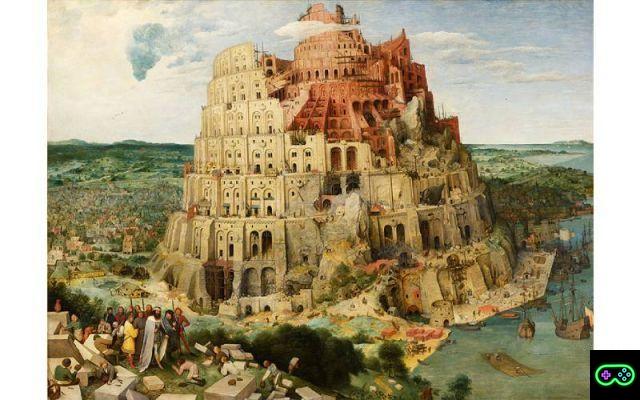
A fate similar to that of the Dormin entity, whose pieces have been scattered around the world, inserted into the bodies of the sixteen giants.
That the Dormin Tower is nothing but the Tower of Babel?
There could be two other clues to suggest it.
The first is the fact that, always according to tradition, after his death Nimrod would have turned into the God of the Sun and that in the game Dormin appears from an opening in the ceiling of the Shrine, in the form of rays of the sun.
The second is in the strange language used by the characters throughout the game, which would be none other than the native language spoken by the inhabitants of the Tower of Babel.




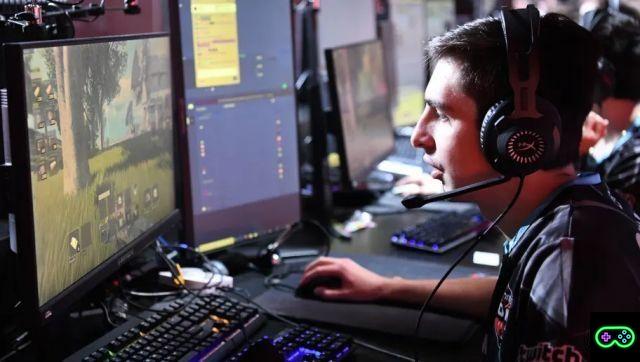
![[The Bear's Lair] God of War: Betrayal and Greek mythology](/images/posts/17432d3b12ecfec44b0b855d20c7520f-0.jpg)
